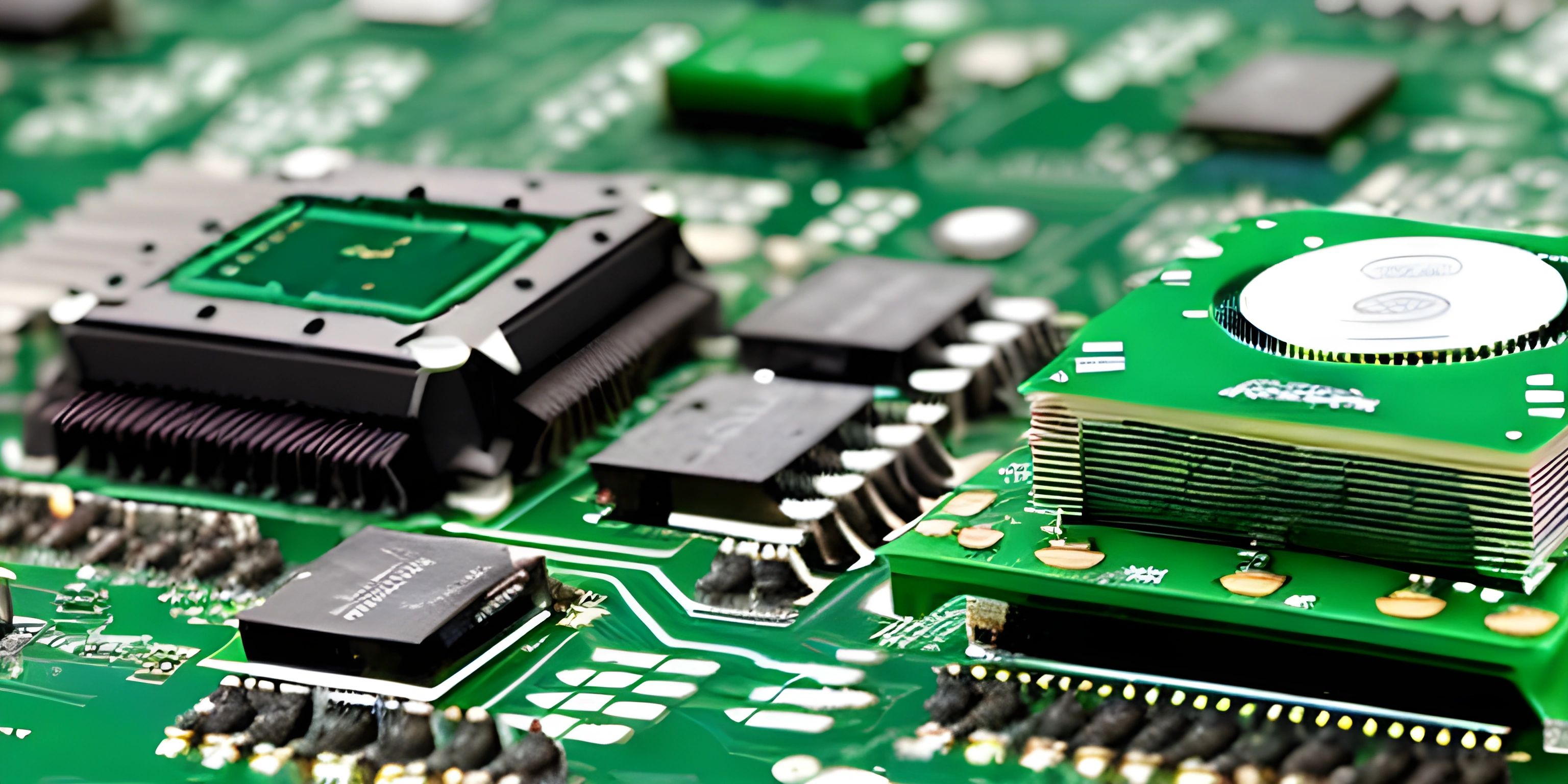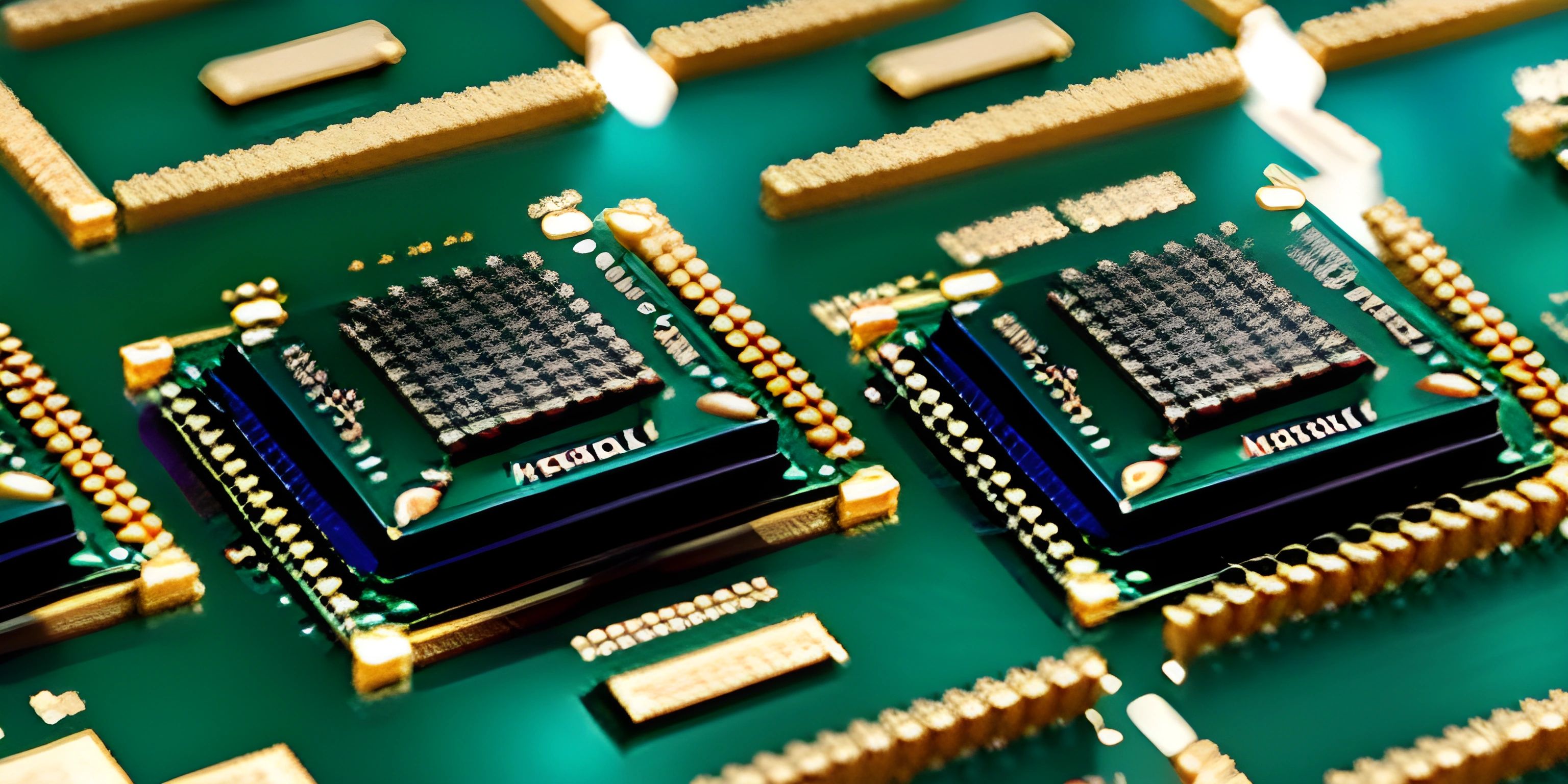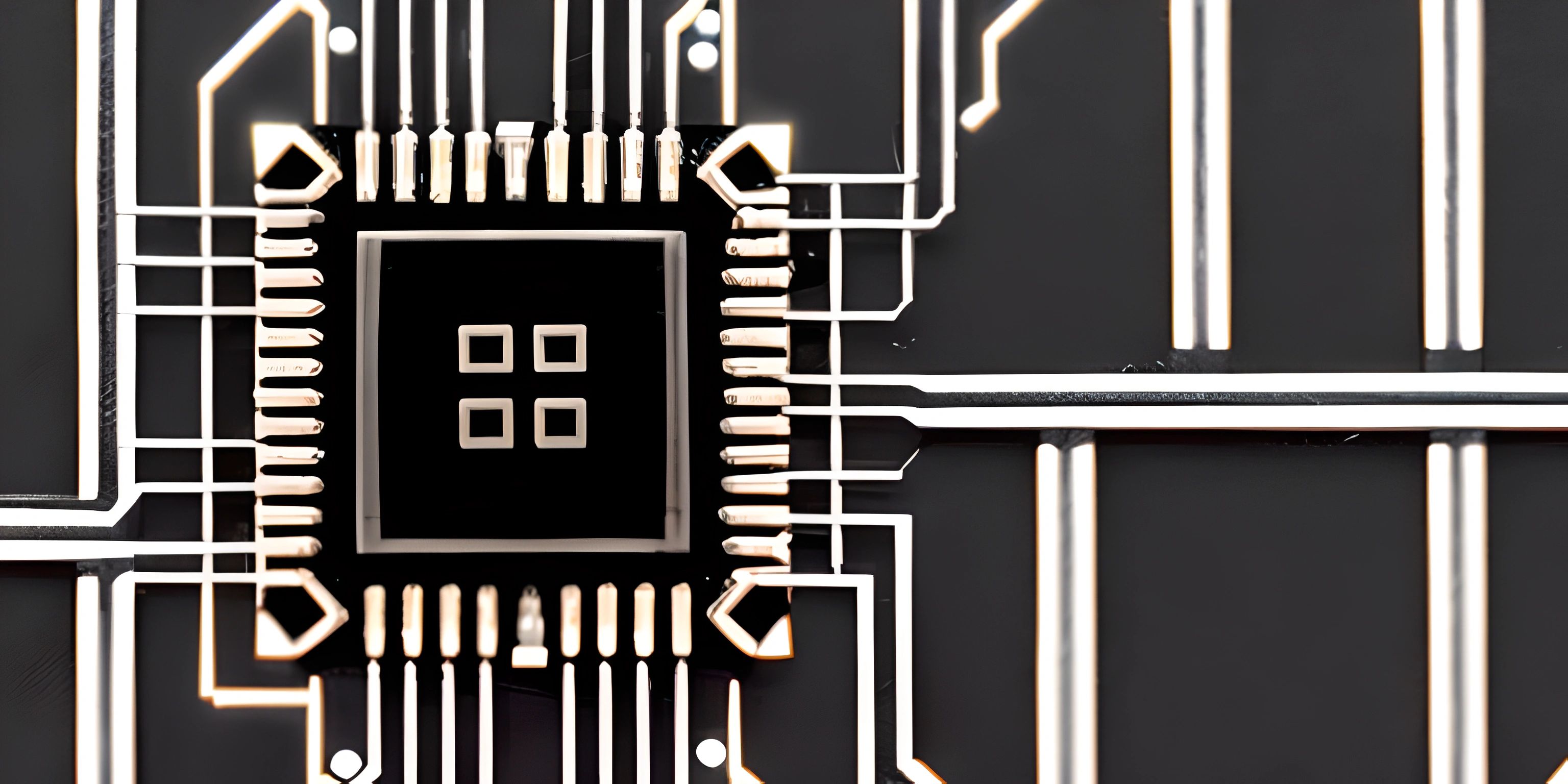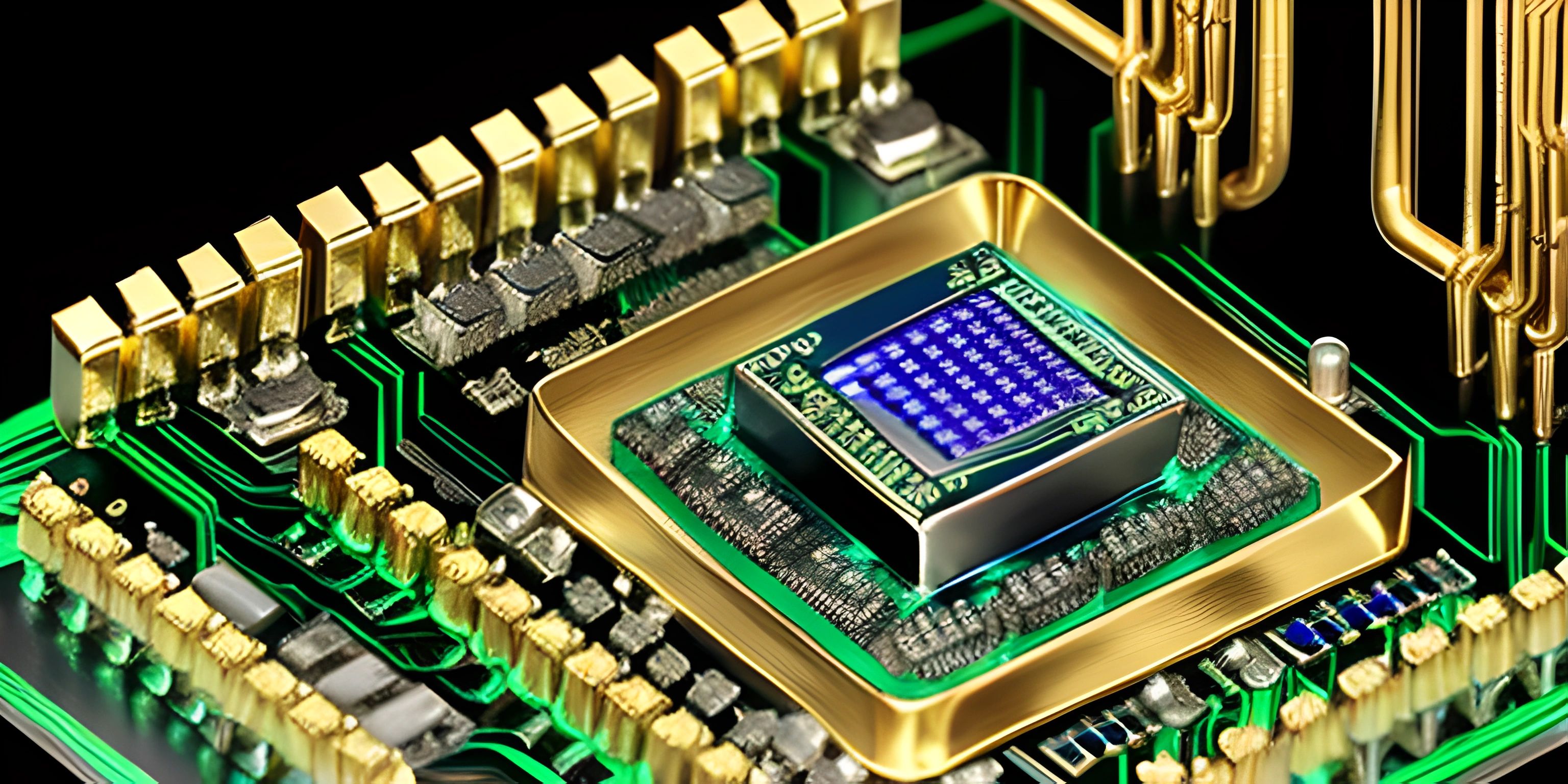x86 Processors: An Overview and History
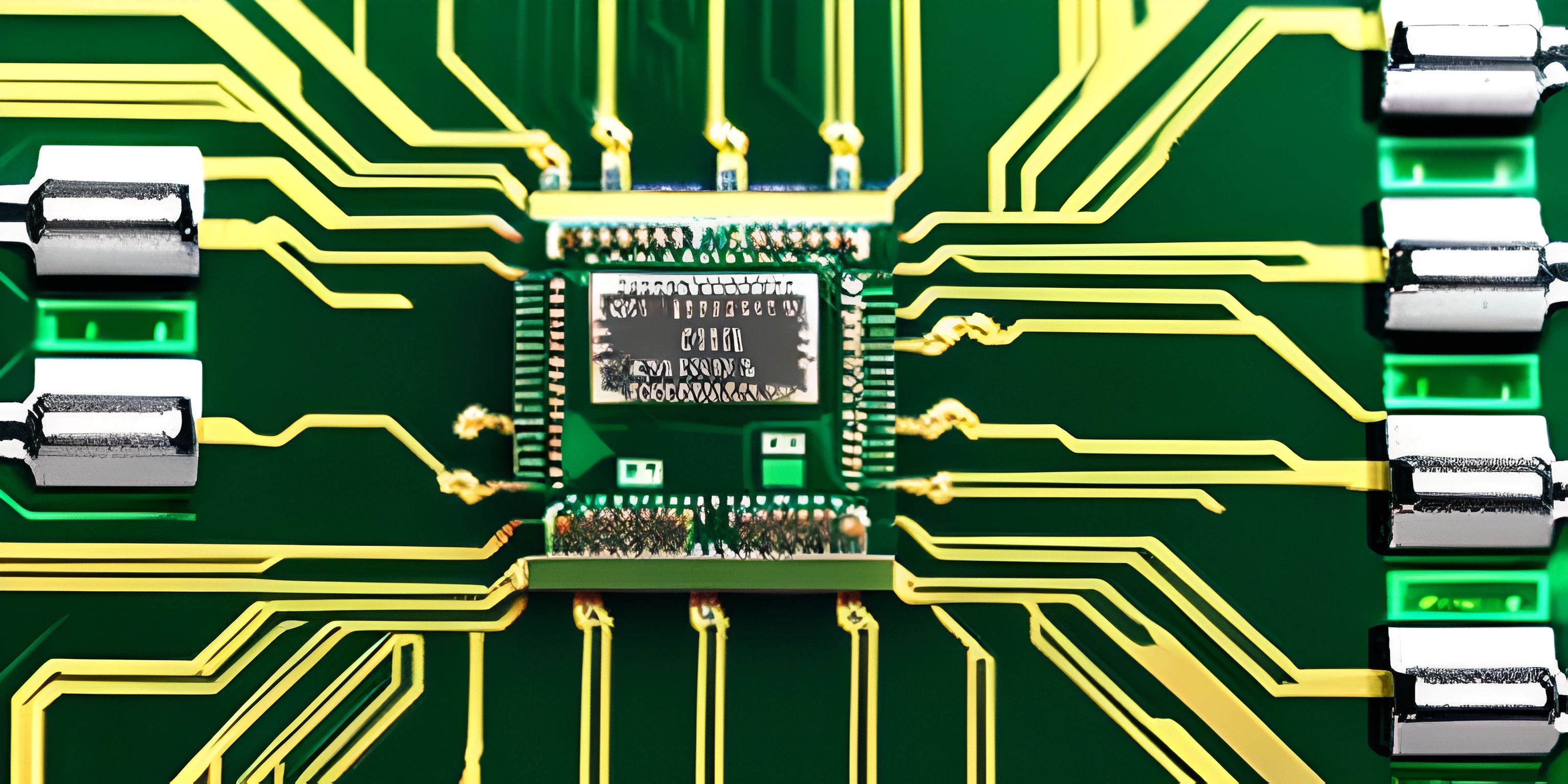
Note: this page has been created with the use of AI. Please take caution, and note that the content of this page does not necessarily reflect the opinion of Cratecode.
The x86 processor family has had a significant impact on the computing world. From its inception in the late 1970s to the present day, x86 processors have been at the core of many personal computers and servers. So, let's dive into the history and features of these processors that have shaped the computing landscape.
The Birth of x86
The x86 architecture was born out of Intel's 8086 processor, which was introduced in 1978. This 16-bit microprocessor was a descendant of the 8-bit Intel 8080 and laid the foundation for what would become the x86 family.
The 8086 processor introduced a new instruction set, which became known as the x86 instruction set. This set of instructions allowed for more complex and efficient computing tasks than its predecessors, paving the way for more powerful and versatile computers.
Evolution of x86 Processors
Since the release of the 8086, the x86 architecture has undergone several significant changes, with each new generation of processors bringing improvements in performance, efficiency, and features.
80286 and 80386 Processors
The 80286, introduced in 1982, was the first 16-bit x86 processor to feature protected mode, which allowed for better memory management and multitasking capabilities. In 1985, the 32-bit 80386 processor debuted, bringing a new era of computing with its ability to address up to 4 GB of memory and support for virtual memory.
The Pentium Era
In the 1990s, Intel introduced the Pentium series, which brought significant performance improvements and new features, such as multimedia instruction sets and improved floating-point performance. The Pentium brand became synonymous with performance and innovation, solidifying Intel's dominance in the market.
The Rise of AMD
While Intel was enjoying success with its Pentium processors, its competitor AMD was making strides in the x86 market as well. In the late 1990s and early 2000s, AMD introduced its Athlon and Opteron processors, which were well-received for their performance and competitive pricing. This sparked the ongoing rivalry between Intel and AMD in the x86 processor market.
64-bit x86 Processors
The introduction of 64-bit x86 processors in the early 2000s marked another significant milestone in the evolution of the architecture. AMD led the charge with its AMD64 architecture, later adopted by Intel as x86-64 (or Intel 64). This extension to the x86 instruction set enabled processors to handle larger amounts of memory and perform more complex computations, making them suitable for modern computing workloads.
x86 Processors Today
Today, x86 processors continue to power a vast array of devices, from laptops and desktops to servers and data centers. Intel's Core and Xeon processors and AMD's Ryzen and EPYC processors represent the cutting edge of x86 performance and capabilities. The x86 architecture has proven to be remarkably adaptable and resilient, enabling it to remain relevant in a rapidly changing technology landscape.
Conclusion
The x86 processor family has come a long way from its humble beginnings as a 16-bit microprocessor in the late 1970s. With each new generation of processors, the x86 architecture has evolved and adapted, delivering ever-increasing performance and capabilities. As the backbone of the modern computing world, the x86 processor family continues to shape the way we live, work, and communicate.
Hey there! Want to learn more? Cratecode is an online learning platform that lets you forge your own path. Click here to check out a lesson: Rust Chat App Backend (psst, it's free!).
FAQ
What is an x86 processor?
An x86 processor is a type of central processing unit (CPU) that utilizes the x86 instruction set architecture (ISA). This family of processors has been used in personal computers, workstations, and servers since the introduction of the Intel 8086 processor in 1978. The x86 processors have evolved over time, with notable families including the Intel 386, Pentium, Core, and AMD's Athlon and Ryzen.
Why is the x86 architecture so significant in the computing world?
The x86 architecture has played a crucial role in the development of modern computing systems. Its widespread adoption and compatibility have made it the de facto standard for personal computers and servers. The x86 family has also driven advances in processor technology, such as pipelining, superscalar execution, and 64-bit extensions, which have significantly increased performance and efficiency.
How has the x86 processor family evolved over time?
The x86 processor family has evolved through several generations, with each generation bringing improvements in performance, power efficiency, and features. Some notable milestones in x86 history include:
- Intel 8086 (1978): Introduced the x86 instruction set architecture
- Intel 386 (1985): Introduced protected mode, enabling the use of virtual memory
- Intel Pentium (1993): Introduced superscalar execution, allowing for multiple instructions to be executed simultaneously
- AMD Athlon (1999): Competitor to Intel's processors, offering high performance and competitive pricing
- Intel Core (2006): A new family of processors with a focus on power efficiency and performance per watt
- AMD Ryzen (2017): A competitive return from AMD, offering high performance and efficiency with the Zen microarchitecture
What are the differences between x86 and x86-64?
The primary difference between x86 and x86-64 is the support for 64-bit extensions in the latter. x86-64, also known as AMD64 or Intel 64, is an extension of the x86 instruction set that enables processors to handle 64-bit data and memory addressing. This allows for larger amounts of memory to be accessed and improved performance for certain computing tasks. While x86 processors are limited to 32-bit operations, x86-64 processors can run both 32-bit and 64-bit applications.
Are ARM processors a potential replacement for x86 processors?
ARM processors, which are based on a different instruction set architecture called ARM (Advanced RISC Machine), have gained popularity in recent years due to their power efficiency and performance. They are dominant in the smartphone and tablet market and have started to make inroads into servers and personal computers. While ARM processors have certain advantages, such as lower power consumption and smaller chip sizes, they currently lack the full range of software and hardware compatibility that x86 processors enjoy. It remains to be seen whether ARM can fully replace x86 in the future, but it is clear that the two architectures will continue to coexist and compete in various segments of the computing market.

